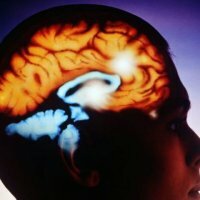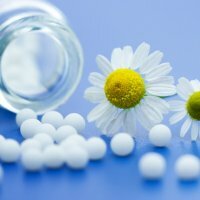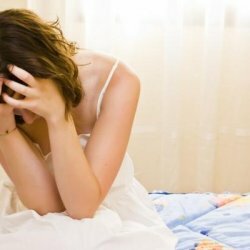Recovery after hemorrhagic stroke

Hemorrhagic stroke occurs due to rupture of the vascular wall of the capillary caliber and the formation of parenchymal hemorrhage. The most common cause of hemorrhagic stroke is hypertension II-III stage. Hemorrhage in 90% of cases is localized in the hemispheres of the brain, in 10% of its stem departments are affected. In some cases, the localization of hemorrhage becomes the ventricles of the brain.
Early diagnosis of the disease allows timely to make the brain decompression surgically with a full complex of treatment and recovery measures. Particular importance in increasing the effectiveness of recovery after a stroke is the usefulness of prehospital care: absolute rest, prevention of language slacking and aspiration of vomit, use of antihypertensive drugs, sedatives with marked emotional excitement, sparing movement to a specialized hospital.
Hospital recovery phase
The beginning and content of patient recovery after hemorrhagic stroke determines the nature of the disease, the depth of functional disorders, early post-operative treatment. Restorative treatment with medicines begins in the first hours after the patient is hospitalized and the entire postoperative period lasts. Such treatment includes the administration of drugs of the nootropic group, as well as glutamic acid intravenously. The duration of treatment is 2-3 months.
Symptomatic therapy is performed depending on the clinical manifestations of the disease. Most often, indications for such therapy are: insomnia, disorders of the psychoemotional sphere due to local brain lesions or natural experiences of the patient in connection with the disease. Reduce emotional tension will help Bing's or Ivanov-Smolensky's medications, as well as "soft" sleeping pills( tardil, radedorm).
Physical activation of the patient
Firstly, it involves changing the position of the patient's body in bed every 2 hours, wiping the skin with camphor alcohol and vibromassage of the chest. Further, active changes in the body position are joined, inducing the patient to independently cough up sputum from the bronchi. From the 5th day they begin to perform respiratory gymnastics, active limb movements, attempts to take a semi-sitting position in bed, transition to self-feeding. On the 10th day the patient is transferred to a general ward. Doctors are allowed to get out of bed, and from the 12th day you can move around the ward. From the 20th day, physical recovery activities are held in the gym.
The indications are physical therapy. A prolonged analgesic effect may have diadynamic therapy and amplipulse therapy, as well as darsonvalization. Trophic action is achieved by electrophoresis with vasodilator drugs. Muscle tension reduces heat therapy.
Sanatorium recovery stage
Restoration of patients who underwent a neurosurgical disease with a cerebral circulation disorder is conducted in local sanatoriums. Sanatorium treatment is indicated not earlier than 5-6 months after the disease, provided self-service, independent movement of the patient and without reducing his intelligence. The basis of the rehabilitation program is a consistent increase in the load of treatment procedures, based on the dynamics of the clinical picture and the general state of the body.
In the rehabilitation of patients, climatotherapy, balneotherapy, mud therapy, physiotherapy, physiotherapy, massage, reflexology and medication are used. Of the methods of climatotherapy, the most widely used aerotherapy and heliotherapy. Aerotherapy provides for the patient to be in the open air( in the courtyard or in a specially equipped climatic pavilion).Heliotherapy is performed at a temperature of at least 21 ° C, starting with a minimal biodoside with a gradual increase in it every three procedures.
In rehabilitation after hemorrhagic stroke, balneotherapy( radon, hydrogen sulphide, carbon dioxide, iodide-bromine mineral baths) is of great importance. Mud therapy is used in the form of local applications on the affected limb. Therapeutic physical training is appointed in the form of hygienic gymnastics, daily dosed walking, therapeutic gymnastics and short-distance tourism.



